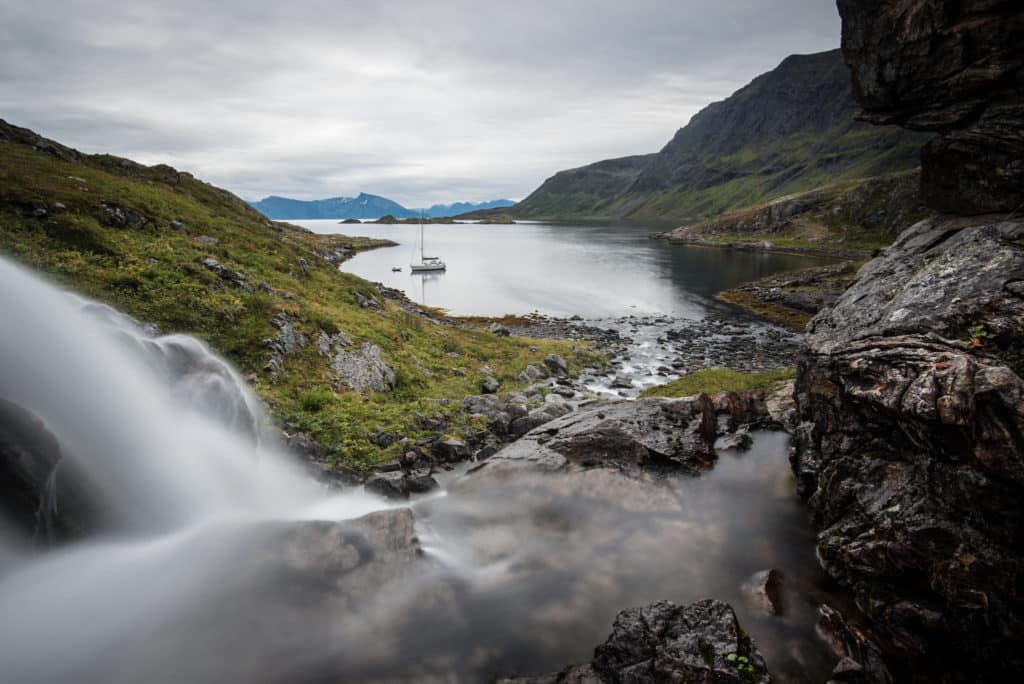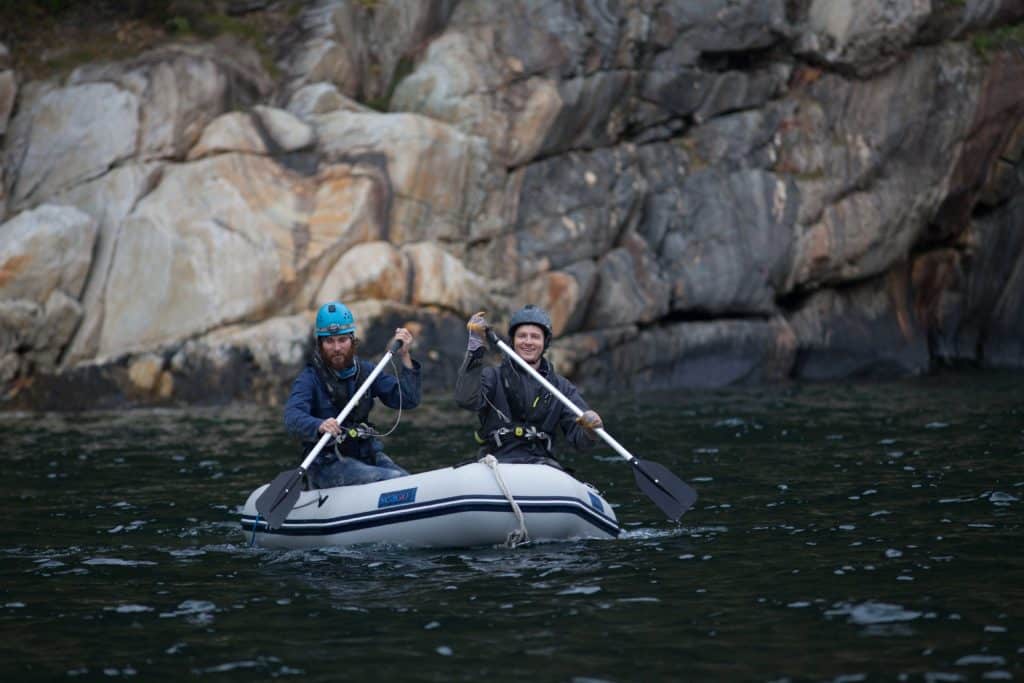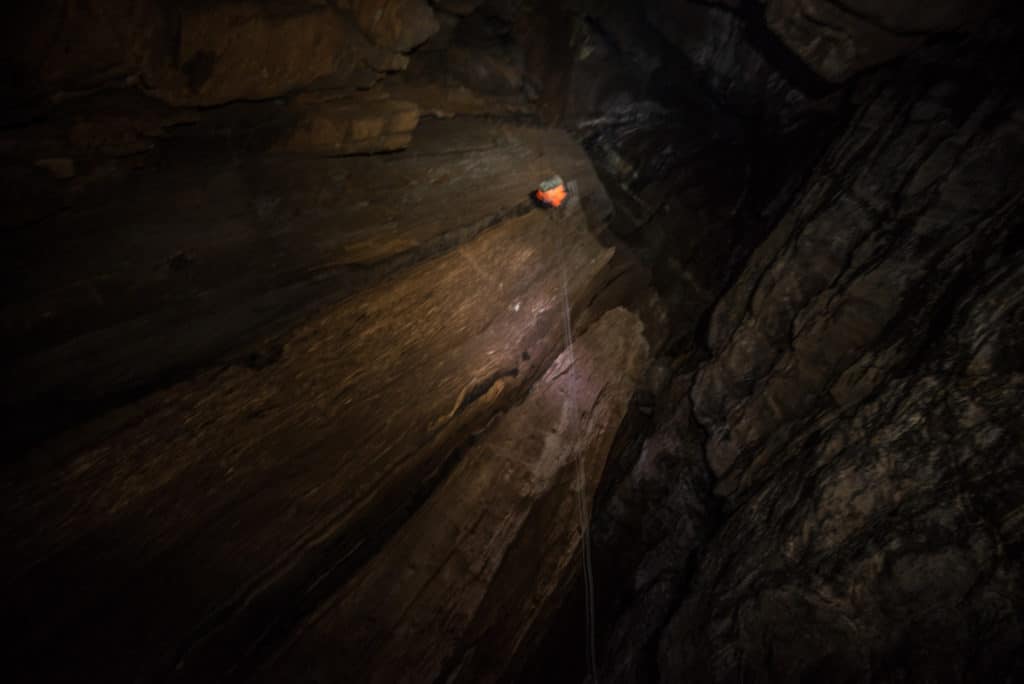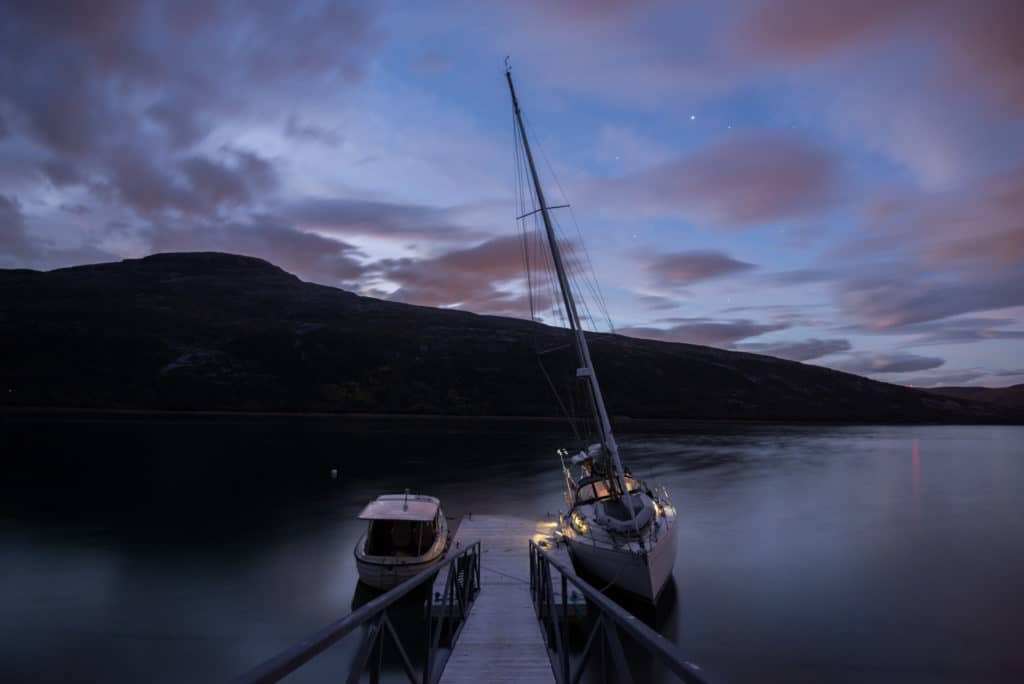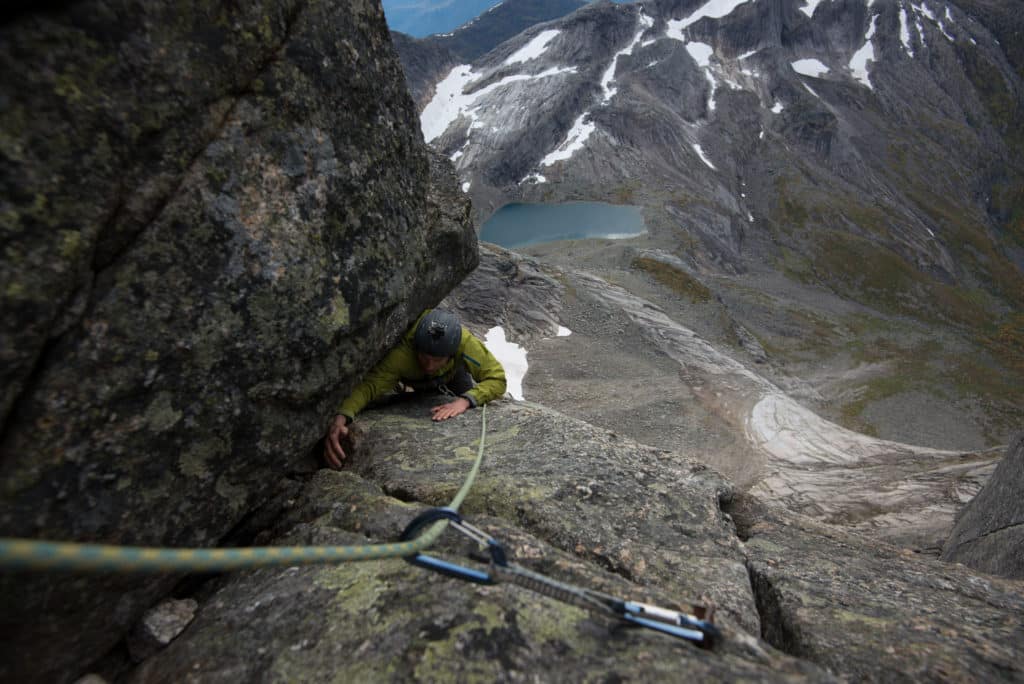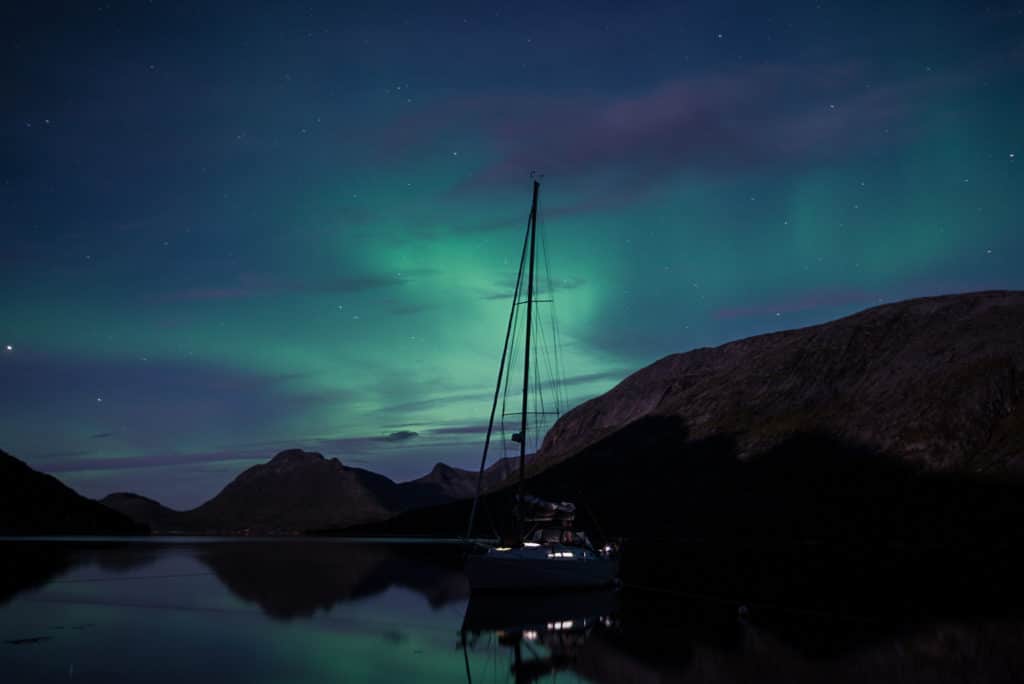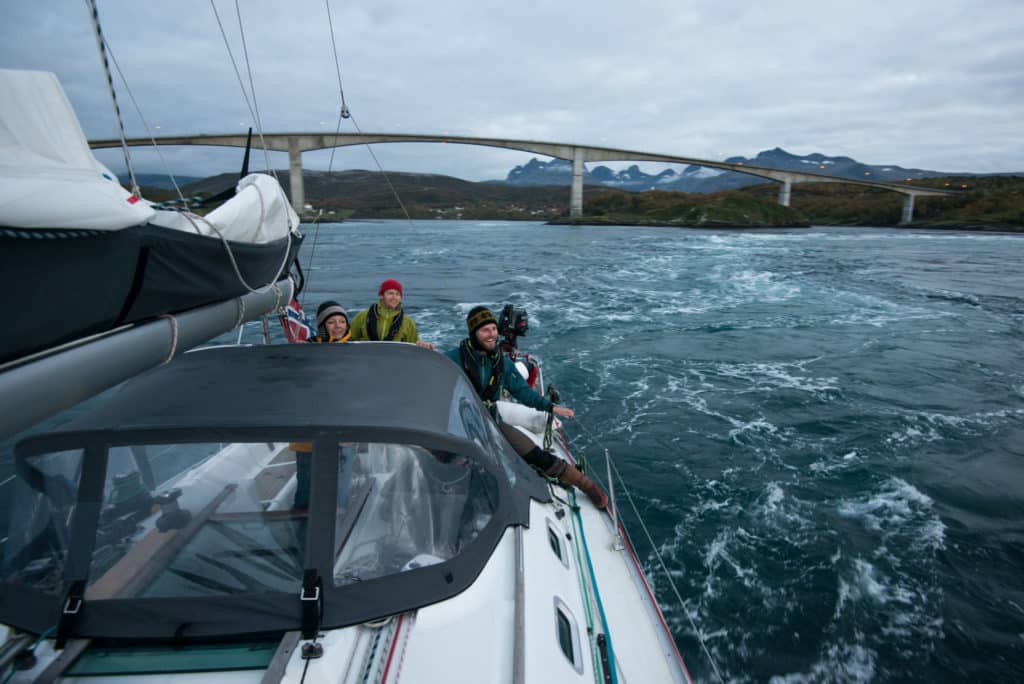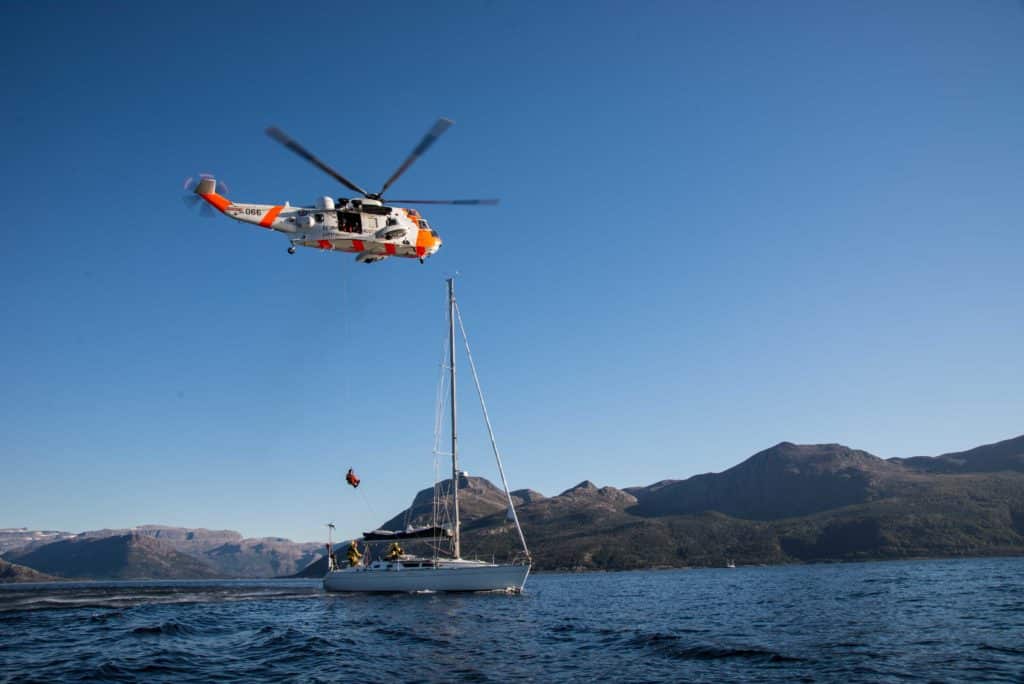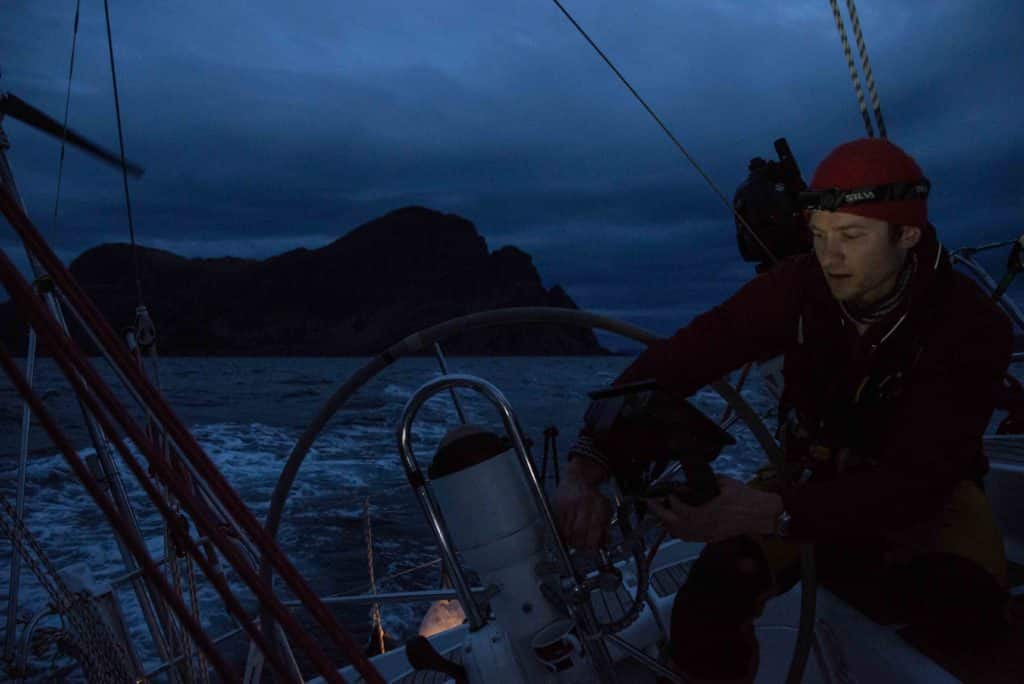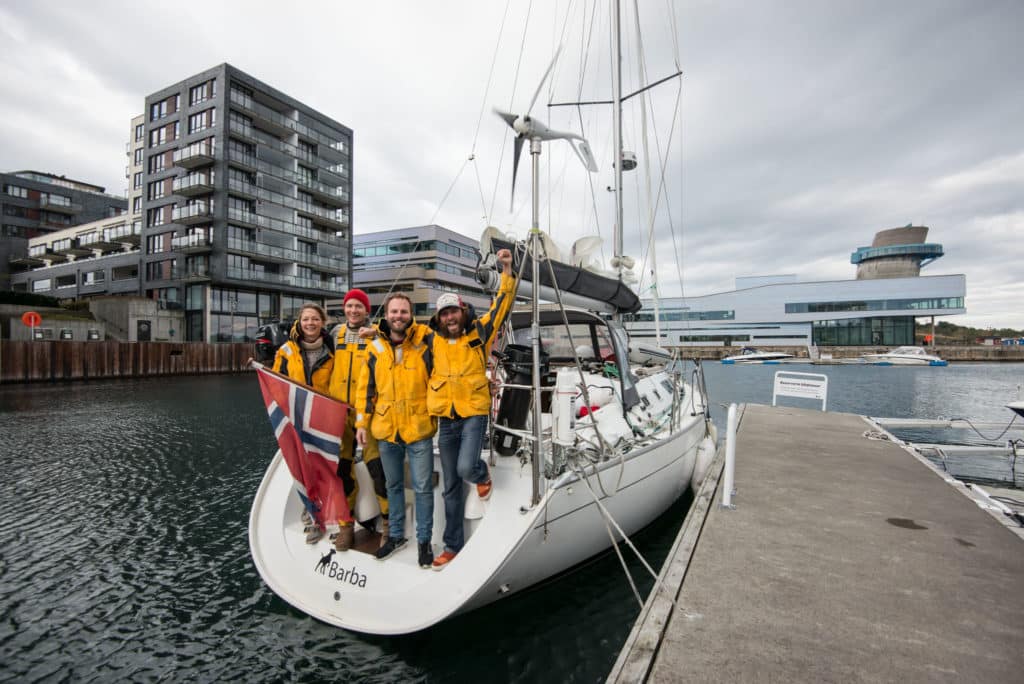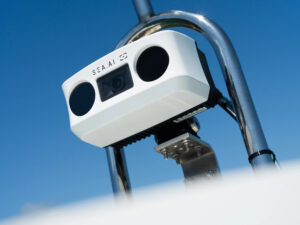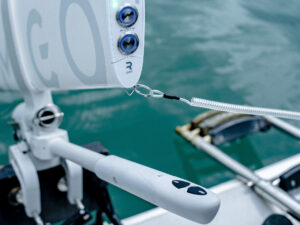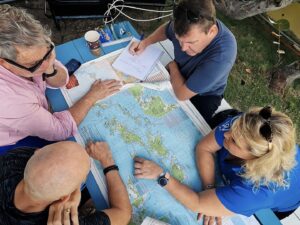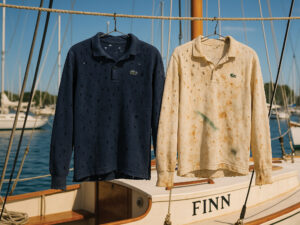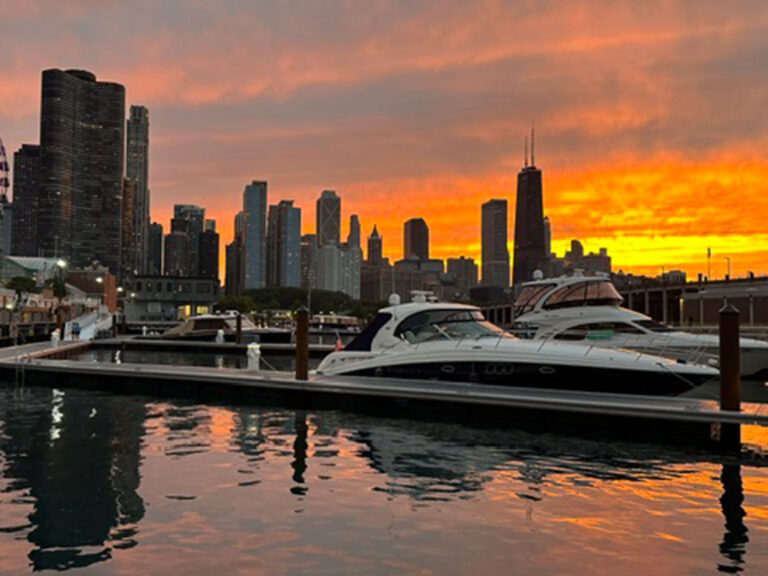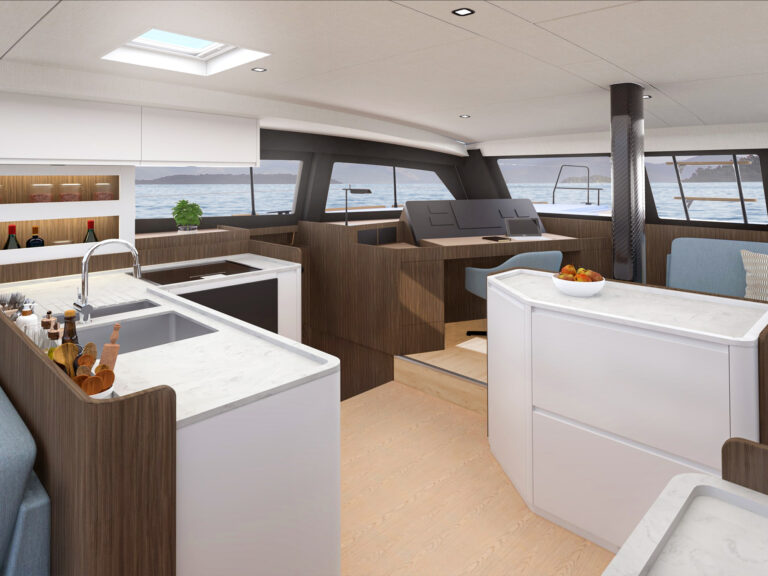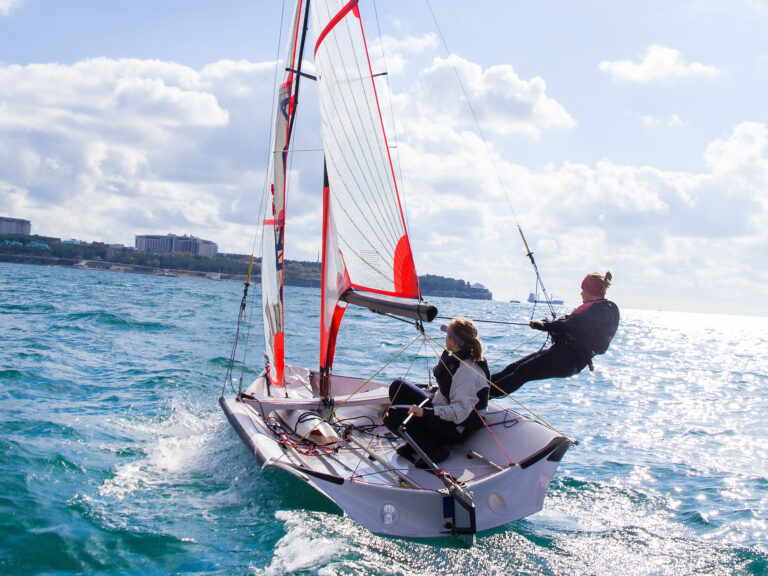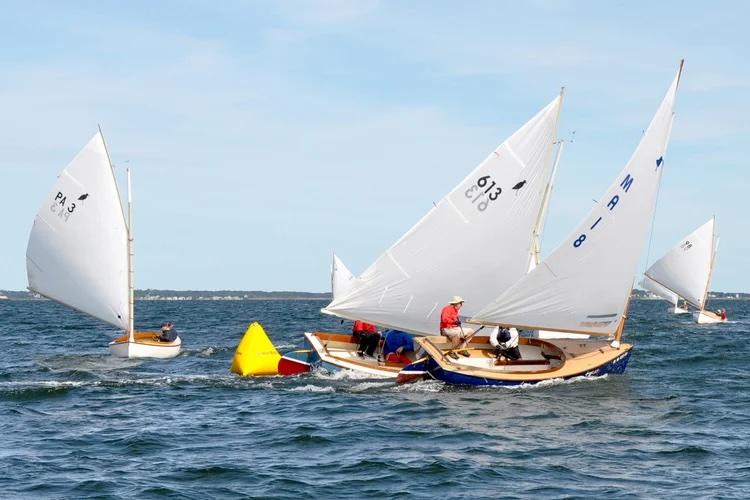When we sailed Barba back into port in Stavanger in mid-October to a gathering of friends who’d festively unfurled an actual red carpet on the dock and chilled a magnum of Moët, it was both strange and exhilarating.
Our expedition was over. Some 6,500 km and four months of living aboard Barba– a 37-foot-long fiberglass-hulled Jeanneau built more for the tropics than the Arctic – were in our wake.
The natural curves of the mountains and fjords we’d been immersed in for months were replaced with glittering glass and concrete underfoot in Norway’s well-heeled oil capital. The notion of operating as a crew was relegated to a final afternoon deep-cleaning the boat from bow to stern. And soon we’d be schlepping through airport security with the masses to return to our separate corners of Europe.
I knew it would be a while before the reality of all we accomplished together, in high times and low, took hold.
When we’d arrived back in mainland Norway five weeks before – exhausted from all we’d seen and done while circumnavigating Svalbard – our coastal cruise south, the journey’s last leg, felt like the promise of pure vacation.
I have not seen a coastline more beautiful than Norway’s. But we’d hurried along it on our way north, in a rush to get to Svalbard to maximize our time during the fairest season for sailing.
With the hardest and most technical part of our expedition over and the rough ocean crossings behind us, we were set on making the most of the Indian summer.
On the way north, we’d toned down the adventures on land in an attempt to minimize the risk of someone getting injured rock climbing or paragliding before we made it to Svalbard. Now was our time to be a bit more daring on terra firma.
At sea, however, we had to remind ourselves that this was no time to let down our guard. The Norwegian coastline may be well charted, but its rocky shallows make it a treacherous place to be a sailboat. Still, we wanted to stay inshore for most of the trip to make the most of fun on land. So we found ourselves snaking a route around countless tiny islands and through channels busy with shipping traffic where autopilot would only get us so far. We still had the formidable Stadt headland to get around again, too, all without the midnight sun that had accompanied us for the first few months of our trip.
Autumn is berry-picking season in Norway. And at our first anchorage in a hidden Finnmark fjord – still feeling vitamin-C deprived from a lack of fresh produce during our last few weeks in Svalbard – we greedily filled Nalgene bottles with wild blueberries and cloudberries. After the barren mountains of the high Arctic, mainland Norway felt so in-your-face alive. And the ocean here was downright balmy by comparison, at 44 degrees Fahrenheit. A dive in the tidal currents under the bridge at Tjeldsundet, said Andreas, was like navigating through an underwater storm with passing clouds of silvery fish and sideways-blowing kelp.
We usually highlight the crew´s achievements, glossing over our less glorious moments. But one of the latter came when we least expected it. While enjoying dinner while moored to an isolated floating pier just south of Ramsund, it became obvious that Barba was leaning to starboard. We had miscalculated the tide by about half a meter and the keel was stuck in the sand, leaving us grounded at an uncomfortable angle for about three hours while waiting for the tide to set us free. We were never in danger, but when glasses started sliding off the galley table it was another reminder to keep up our guard up. We might have managed our way around Svalbard, but we were still far being home and dry.
In the Tysfjord area, Andreas, Jon and Daniel managed an epic cave exploration where they spent 11 hours squeezing through claustrophobia-inducing passages and rappelling along a route 1,900 feet down inside the deepest cave in the Arctic, the rarely-visited Raggejavreraige (http://barba.no/raggejavreraige-the-arctic-cave/).
Another notable crew accomplishment came a few days later at Stetind (4,56 feet), Norway’s national mountain that looks a lot like the Matterhorn, which we scaled for the reward of views north to Lofoten and a last chance to spot our floating home looking speck-like below us in yet another majestic Norwegian fjord.
Near Bodø, we cruised into the world’s strongest tidal current, Saltstraumen, hoping to go scuba diving. The current can reach speeds of up to 20 knots here, where water roughly 2,000 feet deep inside the fjord suddenly rises to just 85 feet, bringing all sorts of plankton and fish life with it. But conditions were far too wild with the much-hyped “Super Blood Harvest Moon” rising. We had a good time white water rafting with Barba in the currents, Andreas at the helm, as she flew along at 12 knots and got semi-sucked into the whirling eddies. The people fishing onshore were surely expecting to see a tragedy unfold but it all went swimmingly. And we filmed what undoubtedly would have been epic drone footage if we hadn’t ended up sacrificing our little flying friend to the ocean gods when trying to land it back on the boat. She had a good run, at least, our drone that made it to 81 degrees North in Svalbard! Needless to say, nobody was tempted to dive into the Saltstraumen to try to save our footage and gear. And we agreed that it was incredible, actually, that our drone was the only thing we lost to the ocean during the entire trip.
The autumn storm season was upon us at this point in the push south, and we got stuck in port for several days in Rørvik while winds up to 60 knots made for very angry seas. Temperatures were dropping as quickly as the falling leaves. And our desires to get back home were rising with every night spent bobbing up and down, momentum-less, in port. When the storm passed, we wasted no time getting south.
Approaching Florø, we got word from a helicopter pilot in Norway’s 330 Squadron (one of the few female pilots in the force, who we had met by chance while hiking in Senja a few months before) that we could participate in a training mission. During the exercise, two of our crew would be winched from Barba up a rope and into the belly of a Sea King chopper to simulate an at-sea rescue.
To prepare, we’d stripped Barba *down to the basics – lowering the spray hood, taking down some of the extra rigging wires on the stern and stowing all loose ropes and other hazards that could risk, quite literally, entangling the operation. Then Jon and Dani got into their survival suits to ready themselves for the lift from *Barba’s cockpit as the Sea King appeared on the horizon.
The whole exercise was over in a matter of minutes, as the squadron’s team of six (including two pilots, a navigator, rescue swimmer, doctor and machinist), pure professionals, swooped in, lowered the ropes and lifted away our boys with what appeared to be the same ease I feel dipping a ladle into a bowl of soup for lunch.
When we finally got back to Stavanger, we knew there would be questions to answer. How was it living in such a small space for so long? Were you ever scared? Wasn’t it freezing? Aren’t you sick of each other? Of course, there’s a long and short answer for those questions and others. And perhaps that’s the best reason of all to experience adventures with other humans. We can easily break the expedition into a summary of highlights – the short version, if you will. We had fended off a polar bear hell-bent on getting aboard Barba, sailed her into the pack ice surrounding the North Pole, scuba dived in a rainbow-colored underwater world where few human bubbles are ever exhaled and paraglided beneath bird cliffs where polar bears prowl. And between those moments was, of course, another story. Our own. The one we had lived out together during more than 100 days spent sailing, scuffling, celebrating and flat-out surviving the Arctic adventure of a lifetime on Barba.
To read more about the adventures of the Barba crew, check out their blog, or visit photographer Daniel Hug’s website for more photos.
